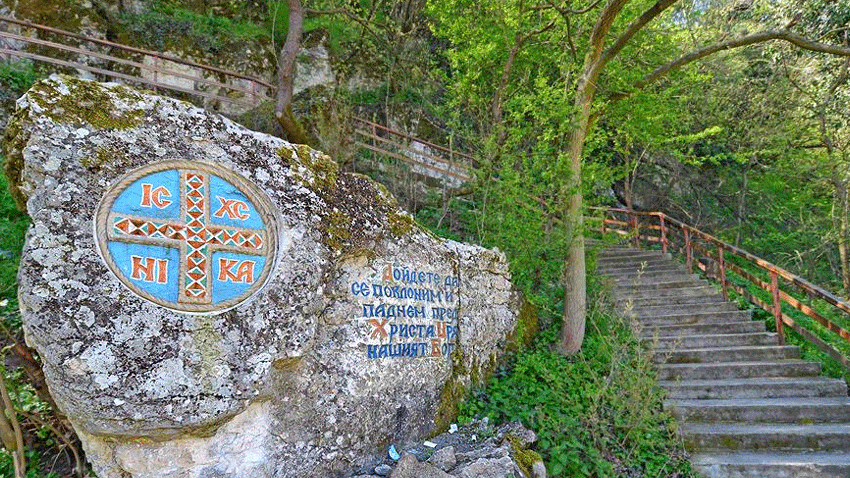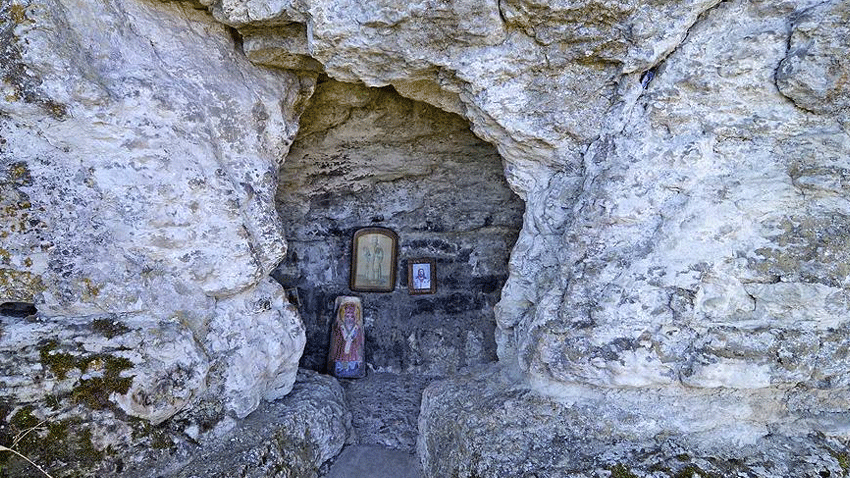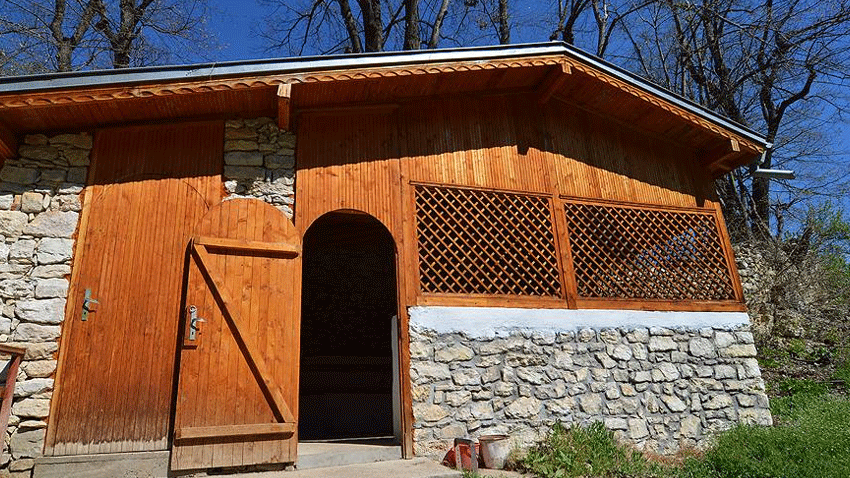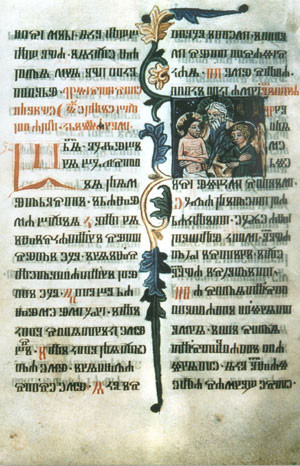We do not need to travel thousands of kilometers to reach holy Christian places and “drink from the miraculous well” of Orthodox faith. Hundreds of churches and monasteries were built on Bulgarian territory with the faith and the hope to bring peace and inspiration to man. One of these holy places is the Monastery of Saint Athanasius built 18 centuries ago in memory of Bishop Athanasius of Alexandria. We know from the passional of Saint Athanasius that the monastery near the town of Chirpan (Southeast Bulgaria) was founded personally by himself in 344 AD while returning from the Council of Serdica – present day Sofia. During that trip Saint Athanasius stopped near the town of Beroe (present day Stara Zagora) and founded a monastery. According to the saint’s passional, Athanasius crossed these lands to take some religious books to the town of Beroe and did not intend to make a stop on his way. However, he felt a strange energy, which made him stay there for a prayer.

The sanctity of the Monastery of Saint Athanasius and the numerous miracles that happened there attract pilgrims from Bulgaria and abroad. Saint Athanasius Monastery is considered the oldest active monastery in Europe. This was a very strategical place in the past. The important road connecting Constantinople and Serdica was passing nearby the monastery. There was also a large Roman stronghold above it and the remains of that fortress are still there. There was also a Thracian nympheum (a sanctuary dedicated to the nymphs) nearby which was turned by Saint Athanasius into a Christian water sanctuary. Today, many people believe in the healing power of the water of the monastery’s holy spring.
The monastery has been preserved for such a long time due to the strong faith of the Christians. Hundreds of worshipers flood the monastery near Chirpan on January 18 when the Bulgarian Orthodox Church honors the memory of Saint Athanasius the Great. They are welcomed by father Boris who tells them details about the history of the holy place.

The hermitage where Saint Athanasius secluded himself to speak with God is very well preserved. This rock niche now attracts laity for worship. According to beliefs, those who pass through the niche will stay healthy. You can also check whether you are a sinner there, the Director of the Historical Museum in Chirpan Nansy Marinova told Radio Bulgaria.
The legend has it that those who have too many sins cannot pass through the rock and it shuts in front of the sinner. This has not happened yet, which makes us think and hope that the Bulgarians are good people and believers. The monastery attracts tourists and pilgrims not only with its natural landmarks and rock niche. An exceptional icon of Saint Athanasius brought to Bulgaria in 2003 and given to the monastery as present personally by the Patriarch of Alexandria Petros (Peter) VІІ can be seen there as well. According to a legend, a mute fourteen-year-old child started speaking when his parents prayed with the icon of Saint Athanasius and the child drank from the water of the holy spring. There are many other stories like this one. That is why this place has been attracting true Christian worshippers for years.

 Another Bulgarian relic is kept at Saint Athanasius Monastery – a copy of the popular Reims Gospel. The Reims Gospel is an illuminated manuscript of 1395 in two parts – Cyrillic and Glagolitic. Its original became part of the Reims Cathedral treasure, but its only copy can be found at the Saint Athanasius Monastery in Bulgaria, Nansy Marinova specifies.
Another Bulgarian relic is kept at Saint Athanasius Monastery – a copy of the popular Reims Gospel. The Reims Gospel is an illuminated manuscript of 1395 in two parts – Cyrillic and Glagolitic. Its original became part of the Reims Cathedral treasure, but its only copy can be found at the Saint Athanasius Monastery in Bulgaria, Nansy Marinova specifies.
The copy of the Reims Gospel is kept in Saint Athanasius Monastery. Contributors brought this copy to Bulgaria in the beginning of the 20th century. A group of Bulgarians visited France and realized the significance of this relic for Bulgaria. They made a copy and gave it to the monastery as present. The copy of the Reims Gospel is not only connected with the Bulgarian history, but also intertwines with the history of France. For many decades, the French kings took an oath over this gospel without even knowing its content, because it was written with Slavonic script. Apparently, they were very impressed by the rich decoration and the beautifully written letters and started to use a foreign book for the most important ritual in their country.
English version: Kostadin Atanasov
Photos: bulgariatravel.org and wikipediaThe house of Vasil Levski, Bulgaria’s national hero and organizer of the anti-Ottoman movement in the 19th c. has always been one of the most visited memorial museums in this country. The building itself is modest and its style is typical for..
In Bulgaria’s Northwestern corner a fantastic rocky landscape meets the eye – the towering Belogradchik rocks inspire awe and deference in any onlooker. The area is studded with yawning abysses, canyons and caves, gateways to the kingdom of..
“On 17 August 986 the warriors of Samuel smashed up on this spot the Byzantine invaders of Emperor Basil II. Glory forever!” These are the words engraved on a stone plate, placed at the Trayanovi Vrata (Gate of Trajan) fortress, situated some 60 km to..

+359 2 9336 661
